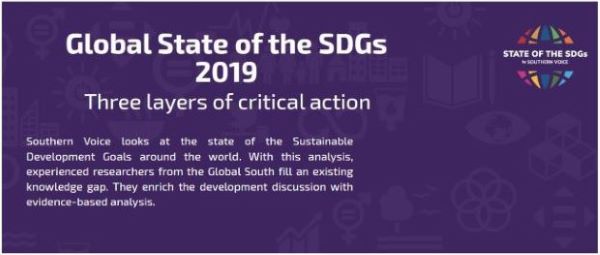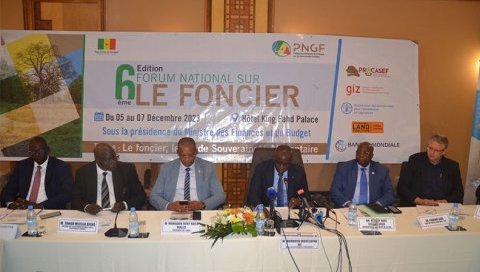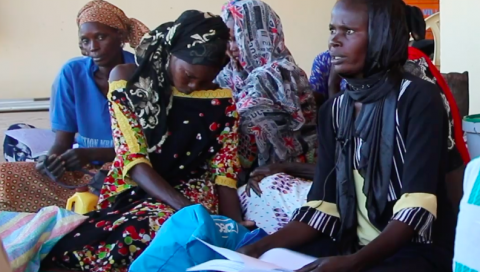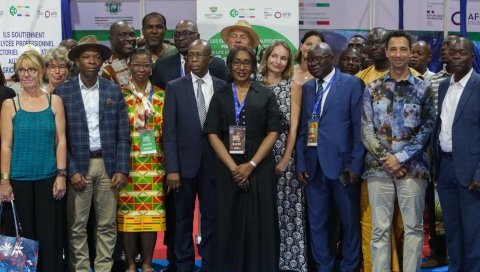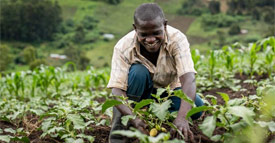Accueil / Que faisons-nous ? / Recherche / Objectifs de développement durable (ODD) / Leave No One Behind : A cross-country synthesis
Leave No One Behind : A cross-country synthesis
Publié le 11 mars 2020
“Leave no one behind” means ensuring all achieve progress. Using five dimensions of exclusion, this chapter explores who is being left behind and why. It is meant to help policymakers tackle exclusion successfully. By IHathie
As we embark on this great collective journey, we pledge that no one will be left behind. Recognising that the dignity of the human person is fundamental, we wish to see the Goals and Targets met for all nations and peoples and for all segments of society. And we will endeavour to reach the furthest behind first (United Nations, 2015).
This LNOB chapter looks at the connections and interlinkages between three Goals : SDG 4 (quality education), SDG 7 (affordable and clean energy), SDG 8 (decent work and economic growth). For instance, the connections between education, employment, and clean energy can help identify left-behind groups that are often overlooked. Identifying those left behind at the country level and how they are excluded will further our understanding of the root causes of LNOB and will help design policies that address this issue. To illustrate the challenges, the chapter will refer to the six country case studies (Bolivia and Peru in Latin America ; Ghana and Nigeria in Africa ; and India and Sri Lanka in Asia) of the State of the SDGs initiative.
This chapter is divided into five sections. The next section presents the conceptual framework. It articulates how the concepts of extreme poverty, inequalities, and exclusion are interlinked to generate lasting unfavourable conditions within which certain groups of people are trapped. A taxonomy is proposed and serves as a tool to compare and contrast different LNOB approaches. Section 3 uses country studies to explore how LNOB is experienced in different settings and contexts. Section 4 analyses the set of policy responses proposed in each country case study and determines whether those responses are similar in different circumstances. The last section presents concluding remarks.
Lire aussi
 Leave No One Behind : the challenges of collecting disaggregated data for SDGs
Leave No One Behind : the challenges of collecting disaggregated data for SDGs Dr Ibrahima HATHIE, directeur de recherche de l’IPAR, parmi les 15 éminents scientifiques sélectionnés pour l’élaboration du second rapport mondial quadriennal du développement durable
Dr Ibrahima HATHIE, directeur de recherche de l’IPAR, parmi les 15 éminents scientifiques sélectionnés pour l’élaboration du second rapport mondial quadriennal du développement durable NE LAISSER PERSONNE POUR COMPTE : l’expérience du Sénégal dans la prise en compte des personnes vulnérables
NE LAISSER PERSONNE POUR COMPTE : l’expérience du Sénégal dans la prise en compte des personnes vulnérables- Consultation régionale sur le développement durable (GSDR 2023)


